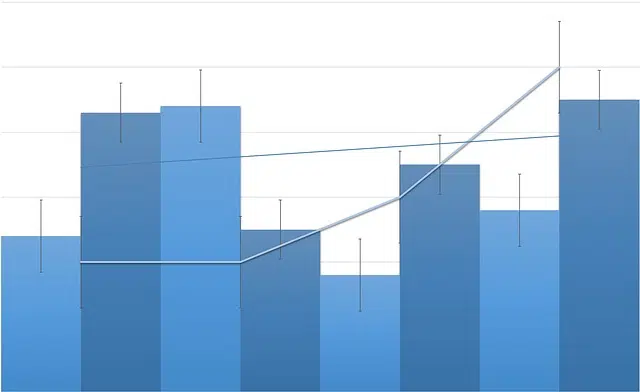
The idea of asymmetry refers to the lack of symmetry.
There are concepts that are only understood through opposition: asymmetry is one of them. Dictionaries define this term as the lack of symmetry or the opposite of it. It is essential, therefore, to know what symmetry is to understand the idea of asymmetry.
Originating in the Latin symmetria and more remote antecedents in the Greek language, symmetry is the quality that refers to the correspondence in terms of dimensions, shapes and locations of the various components that make up a whole. Symmetry can also be considered with respect to a plane or a position .
When this correspondence does not exist, we speak of asymmetry. In other words: what is not symmetrical is asymmetrical . At a general level, it can be said that symmetry is associated with beauty , so that which has asymmetry is not beautiful or is dissonant in its lack of harmony .
The asymmetrical and the beauty
This idea of symmetry as a synonym for beauty applies to both living beings and sculptures and, in general, to any creation of man or element of nature. For example, many people often pursue designs of devices such as televisions or mobile phones that have a symmetrical appearance, as opposed to that of older tube televisions (with the screen on one side and controls on the other) and telephones. disk (with the cable that connected the receiver to the base hanging on the side of the device).
However, not everyone considers asymmetry to be a negative trait; On the contrary, in all areas there are many people who appreciate the unique quality that an asymmetrical arrangement of features or shapes can imprint on a living being or on any natural or artificial object. In this same line of thought, symmetry is associated with the artificial, with something that has no life, such as a mannequin, and is not valued positively in a sculpture, since it represents a human being taking into account its plane. emotional.

Statistical asymmetry arises from a form of probability distribution.
Statistical asymmetry
The indicators thanks to which it is possible to identify the degree of symmetry or asymmetry present in a probability distribution (a function that assigns to a series of certain events the probability of their occurrence) of a random variable (also known as stochastic variable , is a function that assigns events to real numbers) without the need to represent it graphically, they are called asymmetry measures .
In this context, taking as reference the axis that passes through the mean of said distribution, the line parallel to said axis is called the axis of symmetry. When the number of values is equal to both sides (right and left), the distribution is said to be symmetrical; In this case, the number of positive and negative deviations also coincide.
Classification according to type
Right skewness , also called negative skewness , occurs when the number of values to the right of the mean is greater than the negative ones (which are to the left); This can also be expressed by saying that the tail is longer on that side of the mean . The opposite case is called left or negative asymmetry.
A concept related to skewness within the field of statistics is kurtosis , also called skewness . This is the level of sharpness or flattening that a probability distribution presents with respect to the normal one; In other words, it is the measurement that is used to determine how pointy your appearance is. The three types of possible kurtosis allow us to speak of leptokurtic , mesokurtic and platykurtic distributions, depending on whether the concentration is high, normal or low, respectively.
